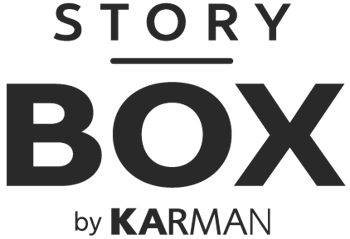When a lighting project is commissioned, be it for restaurants, homes, or hotels, the client always demands the utmost care for every technical and aesthetic detail. A fully understandable demand considering that the success of the best high-profile lighting design projects depends on the perfect combination of the technical characteristics and the aesthetic aspect of the lamps chosen to decorate the designated location.
For this reason, from the earliest design stages, architects and designers involved in the project must have the best tools to be able to fine-tune every detail.
In this sense, first of all, it is necessary to create a personalized mood board, and the use of specific rendering and lighting design software is also fundamental.
Mood board and rendering are an inseparable combination in your lighting project. Why?
In this article, we will show you how these two tools will ensure the success of your project, and we will also show you which resources to choose to work in optimal conditions.
Rendering and mood board: the best tools for the success of your lighting project
First of all, the mood board allows you to bring together style ideas in a visual format that will help you give shape to the aesthetic concept designed by the client for the spaces in question.
The mood board is presented as a collage of ideas, a real conceptual map made up of texts, drawings, images, color palettes, finishes, and inspirational furniture for the project to be carried out.
That is why it is essential that there is a close collaboration between lighting designers and interior designers, as well as a continuous exchange of information and ideas so that the lighting can better integrate with the location’s various furnishing scenarios. In this design phase, it is important to listen to the client’s functional and aesthetic requests and find the right solutions to meet their needs.
Secondly, to take care of the more technical aspects related to lighting engineering with greater accuracy and meticulousness, the use of professional rendering and design software is crucial.
Below, we will show you the best resources, as well as those most used by professionals in the sector:
- Modeling and rendering software
- Lighting design software
Let’s continue step by step.
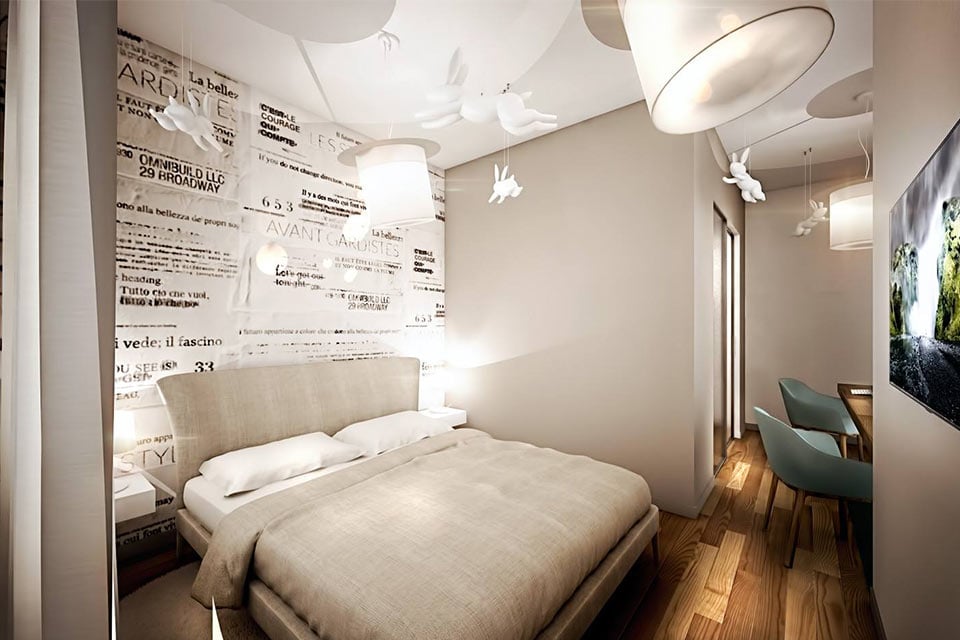
Wow
Modeling and rendering software
Autodesk Maya
Ask any 3D artist to name the best 3D modeling software, and most will choose Autodesk Maya, one of the most used modeling software in design, animation, and VFX studios. It is a really efficient kit, as well as one of the most complex to manage.
ZBrush
ZBrush is a first-rate software among designers for sculpting, modeling, and 3D printing.
Houdini
Houdini, a SideFX software, is widely used in the visual effects sector for creating 3D show stoppers. A powerful, efficient tool that offers maximum flexibility and control.
Modo
Modo is an excellent 3D modeling, texturing, and rendering toolset. This software has become one of the most favorites in the graphic and digital field. It offers user-friendly, well-implemented, and intuitive tools.
Blender
This 3D modeling software boasts professional quality features. Blender boasts a remarkable performance toolset of modeling and rendering tools, considered by users to be easy to use and extremely intuitive.
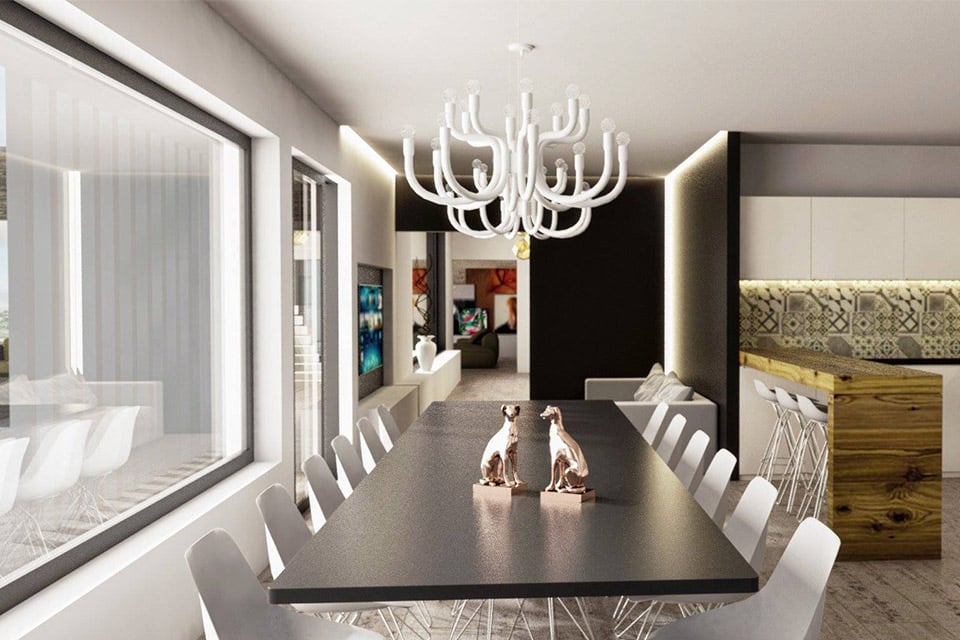
Snoob
Software for lighting design
AGI 32
AGI 32 is one of the first commercially available lighting design software for PCs, designed to perform internal calculations with irregularly shaped rooms and inclined ceiling configurations.
CalcuLuX
Calculux was developed at the Philips Lighting Design and Application Center and is a lighting design software for PCs. It consists of three lighting design software: Indoor, Area and Road, and a luminaire database management program.
DIALux
DIALux is a complete software developed for lighting design in contexts of lighting design projects and plans, used by hundreds of thousands of lighting designers and designers all over the world.
Radiance
Radiance is design software for the analysis and visualization of designer lighting.
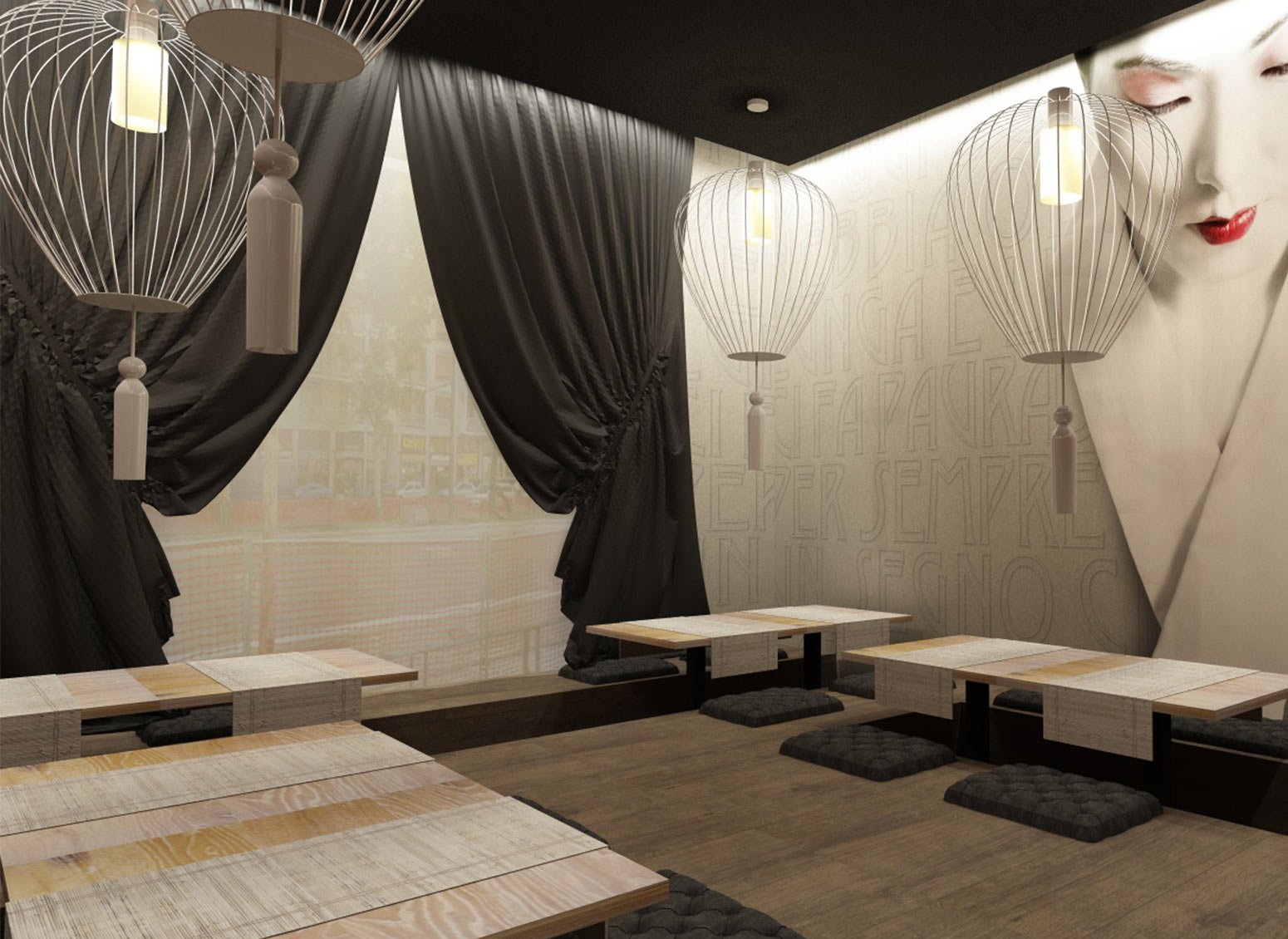
Cell
Microlux
Microlux has the necessary tools to create 2D and 3D lighting projects, organize, test, and share your ideas with plans and programs.
LightCalc
LightCalc helps determine the appropriate platform level, the distance between the fixtures, and suggests a ceiling layout for your lighting installation.
Visual 3D
Visual 3D is a set of visual design tools that allow users to analyze different common lighting scenarios. Calculation tools for lighting contexts with simple geometries in which the unreflected light will not significantly affect the resulting brightness.
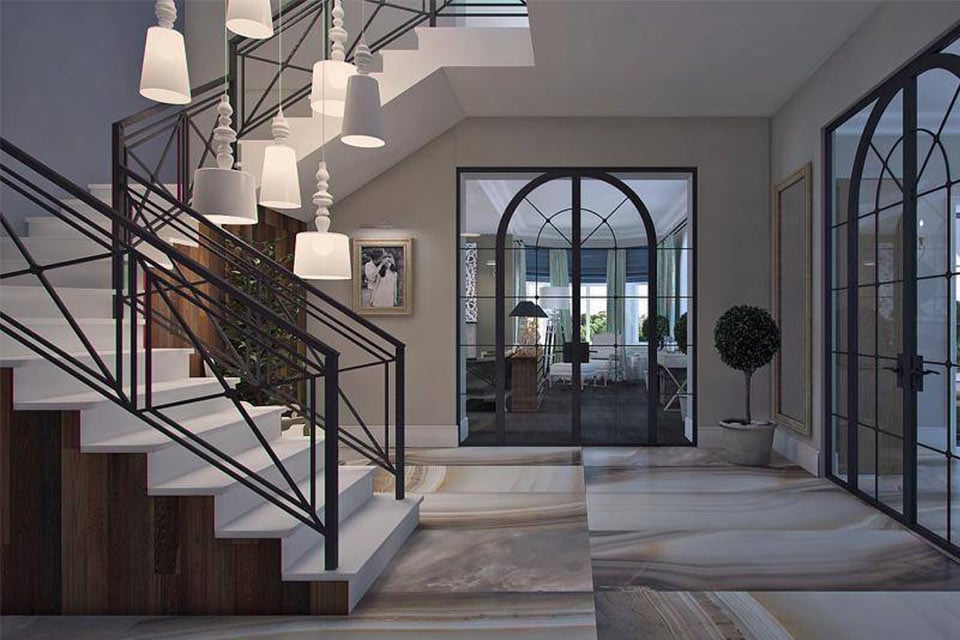
Alì Babà
Rendering and mood board: two complementary tools for your lighting project
In this article, we have provided you with some indications regarding the creation of the mood board and which rendering and design resources to rely on for the realization of the project that has been commissioned to you.
Both are indispensable for lighting designers and architects to be able to implement the technical-aesthetic rendering of design projects.
By creating a personalized mood board and helping you with the appropriate design software, you will create an impeccable lighting project in every respect.
